Bts For 2021 Fila Spring Collection







bts for 2021 fila spring collection
More Posts from Light-yagamis-world and Others
How Do Space Telescopes Break Down Light?
Space telescopes like Hubble and our upcoming James Webb Space Telescope use light not only to create images, but can also break light down into individual colors (or wavelengths). Studying light this way can give us a lot of detail about the object that emitted that light. For example, studying the components of the light from exoplanets can tell us about its atmosphere’s color, chemical makeup, and temperature. How does this work?
Remember the primary colors you learned about in elementary school?
Those colors are known as the pigment or subtractive colors. Every other color is some combination of the primary colors: red, yellow, and blue.

Light also has its own primary colors, and they work in a similar way. These colors are known as additive or light colors.
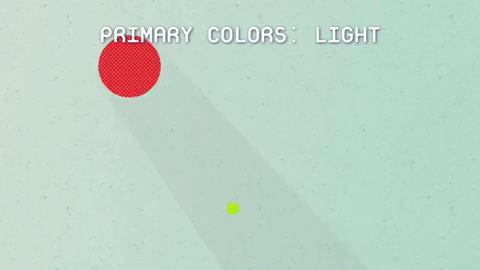
TVs make use of light’s colors to create the pictures we see. Each pixel of a TV screen contains some amount of red, green and blue light. The amount of each light determines the overall color of the pixel. So, each color on the TV comes from a combination of the primary colors of light: red, green and blue.

Space telescope images of celestial objects are also a combination of the colors of light.
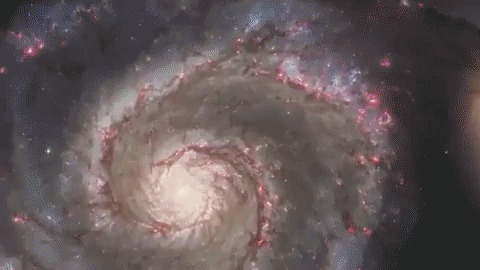
Every pixel that is collected can be broken down into its base colors. To learn even more, astronomers break the red, green and blue light down into even smaller sections called wavelengths.
This breakdown is called a spectrum.
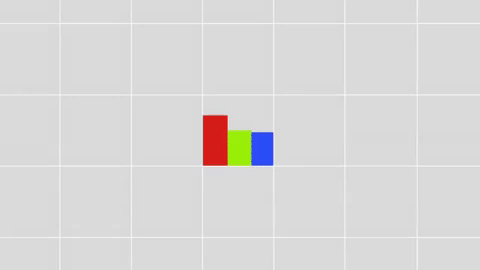
With the right technology, every pixel of light can also be measured as a spectrum.
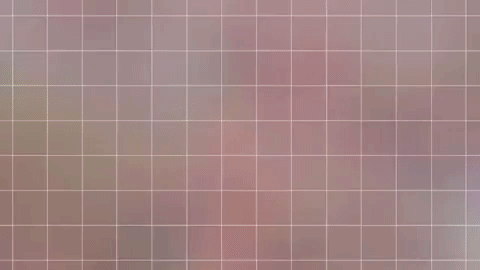
Images show us the big picture, while a spectrum reveals finer details. Astronomers use spectra to learn things like what molecules are in planet atmospheres and distant galaxies.
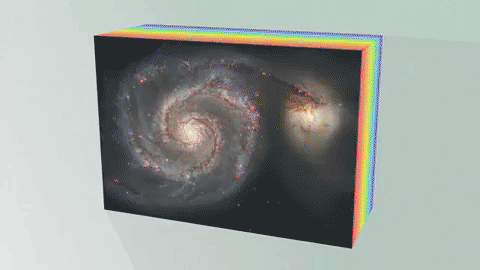
An Integral Field Unit, or IFU, is a special tool on the James Webb Space Telescope that captures images and spectra at the same time.
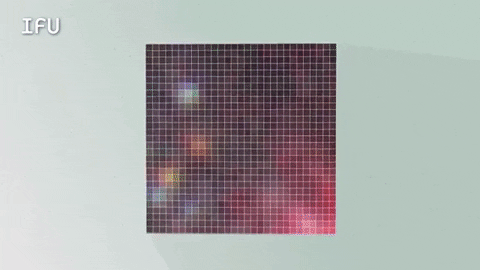
The IFU creates a unique spectrum for each pixel of the image the telescope is capturing, providing scientists with an enormous amount of valuable, detailed data. So, with an IFU we can get an image, many spectra and a better understanding of our universe.
Watch the full video where this method of learning about planetary atmospheres is explained:
The James Webb Space Telescope is our upcoming infrared space observatory, which will launch in 2021. It will spy the first galaxies that formed in the universe and shed light on how galaxies evolve, how stars and planetary systems are born and tell us about potentially habitable planets around other stars.
To learn more about NASA’s James Webb Space Telescope, visit the website, or follow the mission on Facebook, Twitter and Instagram.
Text and graphics credit: Space Telescope Science Institute
Make sure to follow us on Tumblr for your regular dose of space: http://nasa.tumblr.com.

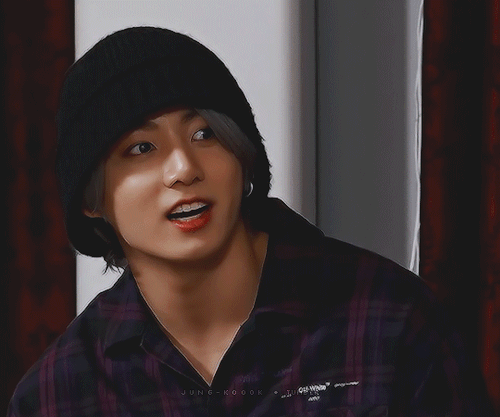
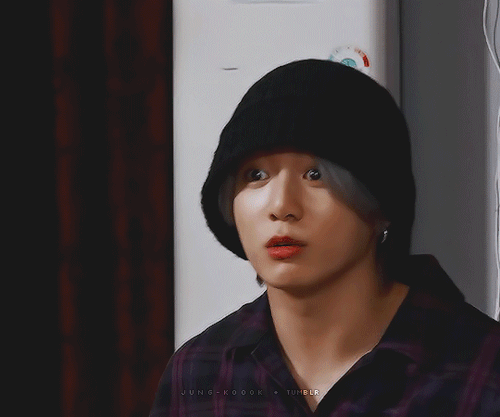
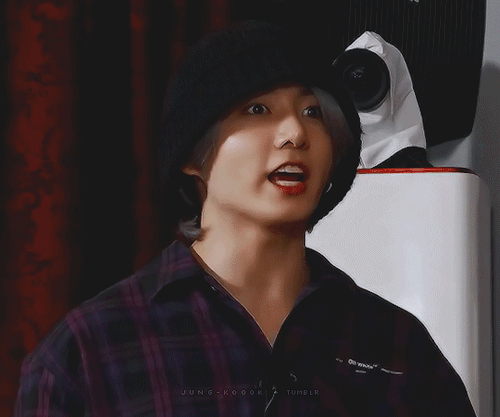
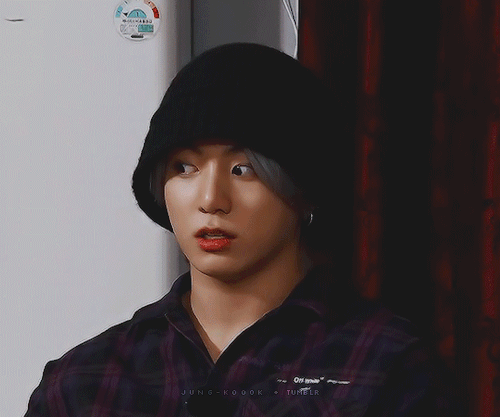

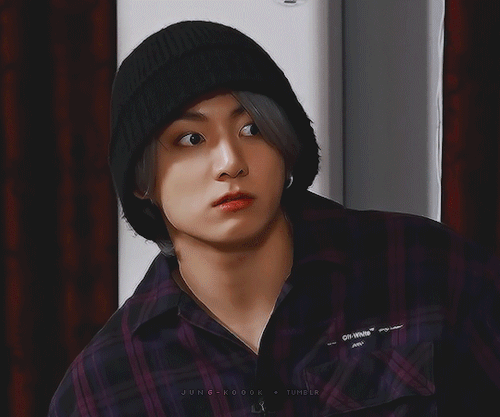
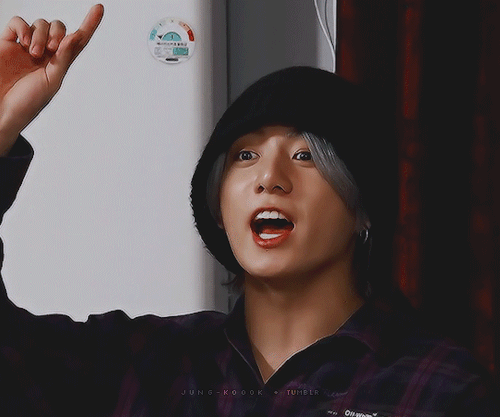
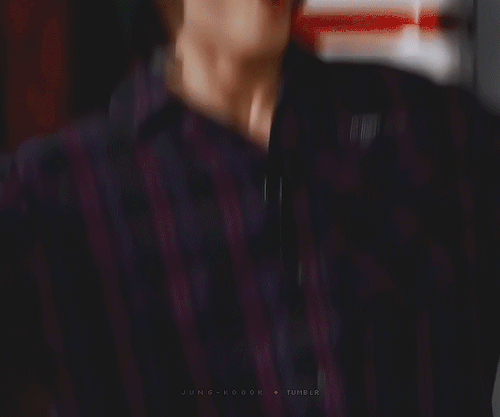
he is seriously to most precious person ever
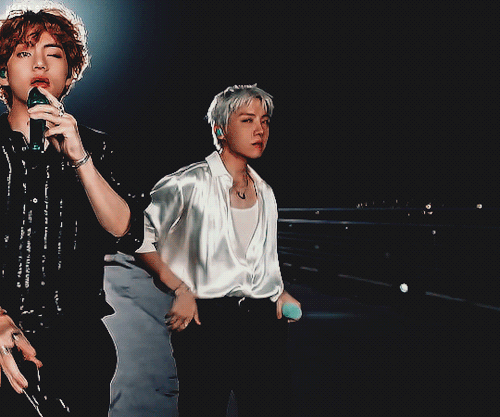
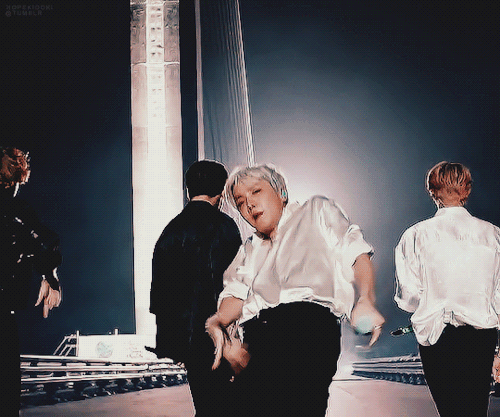
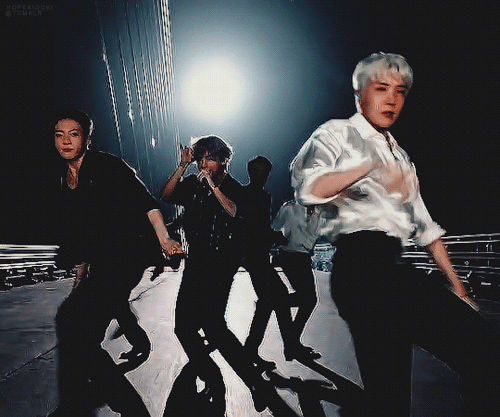

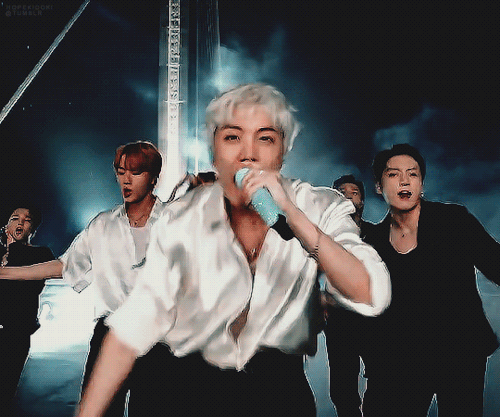
he’s so effortlessly cool










taehyung x ‘new beginning at fila’ - behind the scene
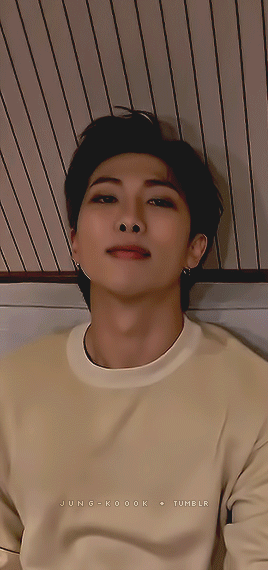
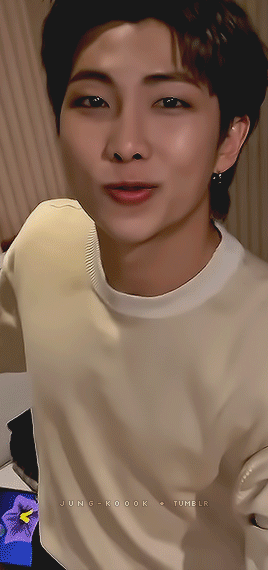
excusee me sir?!


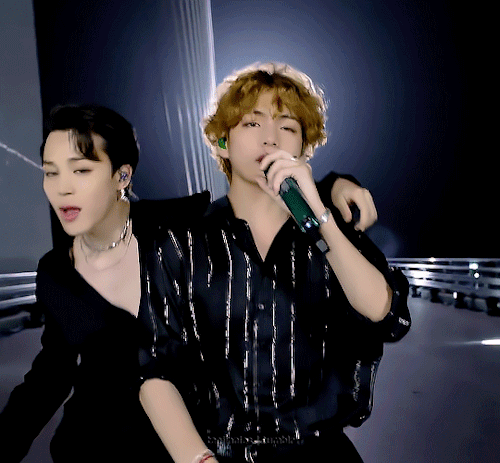
vmin stans,,, we won y'all (for @taehyungsupremacy)




cutie ♡










some soft tae moments for @taeyungie ♡


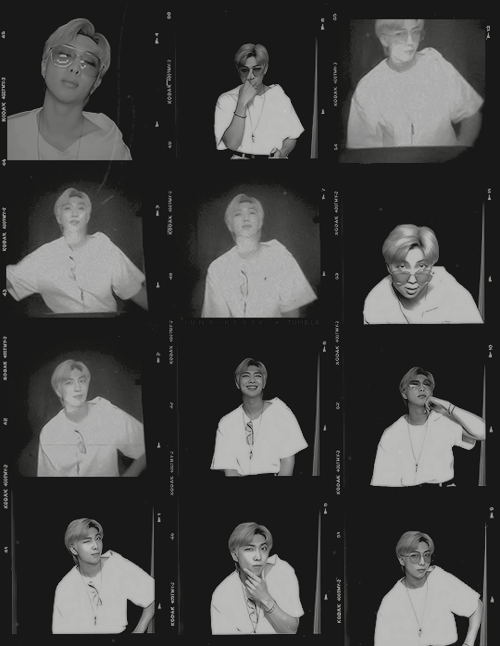




bts @ photobooth
What does are ~게, ~라서, and 해야하다? Could you also please give examples of how to use them in sentences? Thanks!
1. -게
-게 can have a few different meanings. One of them is that it turns adjectives into adverbs. Just attach -게 to the stem:
예쁘게 (pretty) --> 예쁘게 (prettily)
저는 방을 예쁘게 장식했어요. = I decorated the room prettily.
You might also hear -ㄹ/을게(요), which is one of the future tenses in Korean. It’s essentially used for saying that you will do something that concerns the person you’re talking to. For example:
지금 손님 머리를 자를게요. = I will cut your hair now. (literally “I will cut the customer’s hair now)
You might hear a hair dresser say this to one of their customers -- because they are doing something that concerns the customer, they can use -ㄹ/을게(요).
The final usage I’m going to talk about (although there are more which I will link some of my lessons to below) is -게 하다 and -게 만들다. They mean the same thing -- to make someone do something. -게 하다 can also mean to let someone do something. For example:
엄마가 일찍 자게 했어요. = My mom made me sleep early. / My mom let me sleep early.
언니가 나를 학교에 가게 만들었어. = My older sister made me go to school.
2. -(이)라서
-(이)라서 is attached to a noun to mean “because it is [noun]” or “because of [noun] For example:
(from mykoreanramblings.com) 월요일이라서 한국어 수업이 없어요. = I don’t have Korean class because it’s Monday (today).
이어폰이라서 말 못 들어요. = Because of my headphones, I can’t hear what you’re saying.
3. -아/어야 하다
-아/어야 하다 is attached to verb stems to mean that the subject has to do something or should do something. For example:
저는 물을 많이 마셔야 해요. = I have to drink a lot of water. / I should drink a lot of water.
내일 시험이라서 오늘 많이 공부해야 해. = Because of the test tomorrow, I have to study a lot today.
I hope all of this helps! If you want more info on any of these topics, check out the lessons below! 화이팅!
Also, I don’t have a lesson about adverbs yet, so maybe I’ll make one in the future! I also thought that I made a whole lesson on -아/어야 하다, but I can’t seem to find it anywhere lol. If anyone can find it, please message me!! Otherwise I’ll make a lesson on that as well.
-ㄹ/을 게요 (Future Tense)
So that…/To the point where…
-게 되다
아/어/여서 (So…)
-
 amorcurio liked this · 1 month ago
amorcurio liked this · 1 month ago -
 jerryrheyms liked this · 1 year ago
jerryrheyms liked this · 1 year ago -
 sweetionism liked this · 2 years ago
sweetionism liked this · 2 years ago -
 ksica liked this · 2 years ago
ksica liked this · 2 years ago -
 yoonginha liked this · 3 years ago
yoonginha liked this · 3 years ago -
 hobertsdimples liked this · 3 years ago
hobertsdimples liked this · 3 years ago -
 pjmlindo liked this · 3 years ago
pjmlindo liked this · 3 years ago -
 darkacademicvirgo liked this · 3 years ago
darkacademicvirgo liked this · 3 years ago -
 jooninlove reblogged this · 3 years ago
jooninlove reblogged this · 3 years ago -
 archived-mugshot liked this · 3 years ago
archived-mugshot liked this · 3 years ago -
 sugambas reblogged this · 3 years ago
sugambas reblogged this · 3 years ago -
 vogteer reblogged this · 3 years ago
vogteer reblogged this · 3 years ago -
 jkbleep liked this · 3 years ago
jkbleep liked this · 3 years ago -
 fictionalmenmistress liked this · 3 years ago
fictionalmenmistress liked this · 3 years ago -
 bellagarcia1993 reblogged this · 3 years ago
bellagarcia1993 reblogged this · 3 years ago -
 adidashs liked this · 3 years ago
adidashs liked this · 3 years ago -
 darkfiremochi reblogged this · 3 years ago
darkfiremochi reblogged this · 3 years ago -
 autumnfond liked this · 3 years ago
autumnfond liked this · 3 years ago -
 beretae reblogged this · 3 years ago
beretae reblogged this · 3 years ago -
 sheepbl liked this · 3 years ago
sheepbl liked this · 3 years ago -
 draw-a-new-map reblogged this · 3 years ago
draw-a-new-map reblogged this · 3 years ago -
 ambrosialetal liked this · 3 years ago
ambrosialetal liked this · 3 years ago -
 dulcemess liked this · 3 years ago
dulcemess liked this · 3 years ago -
 emiewemy liked this · 3 years ago
emiewemy liked this · 3 years ago -
 berthas-russells reblogged this · 3 years ago
berthas-russells reblogged this · 3 years ago -
 charismaticsage reblogged this · 3 years ago
charismaticsage reblogged this · 3 years ago -
 charismaticsage liked this · 3 years ago
charismaticsage liked this · 3 years ago -
 shamelesssparklybrain reblogged this · 3 years ago
shamelesssparklybrain reblogged this · 3 years ago -
 hapi-hobi reblogged this · 3 years ago
hapi-hobi reblogged this · 3 years ago -
 micromoose reblogged this · 3 years ago
micromoose reblogged this · 3 years ago -
 hologramchaos liked this · 3 years ago
hologramchaos liked this · 3 years ago -
 becuz7dance reblogged this · 3 years ago
becuz7dance reblogged this · 3 years ago -
 becuz7dance liked this · 3 years ago
becuz7dance liked this · 3 years ago -
 namjoonsbabygrillisme liked this · 3 years ago
namjoonsbabygrillisme liked this · 3 years ago -
 mp26 liked this · 3 years ago
mp26 liked this · 3 years ago -
 dominicanx liked this · 3 years ago
dominicanx liked this · 3 years ago -
 placetneplacet liked this · 3 years ago
placetneplacet liked this · 3 years ago -
 fanmadelife liked this · 3 years ago
fanmadelife liked this · 3 years ago -
 billkiinpp liked this · 3 years ago
billkiinpp liked this · 3 years ago -
 letowolfie reblogged this · 3 years ago
letowolfie reblogged this · 3 years ago -
 letowolfie liked this · 3 years ago
letowolfie liked this · 3 years ago -
 moniminitan reblogged this · 3 years ago
moniminitan reblogged this · 3 years ago -
 jooniebeom reblogged this · 3 years ago
jooniebeom reblogged this · 3 years ago -
 goyangitty liked this · 3 years ago
goyangitty liked this · 3 years ago -
 sailor-mars23 liked this · 3 years ago
sailor-mars23 liked this · 3 years ago

ARMY(BTS)**INFJ-A**Pure blood**Gryffindor**otaku(Anime)**1D**Indian
39 posts